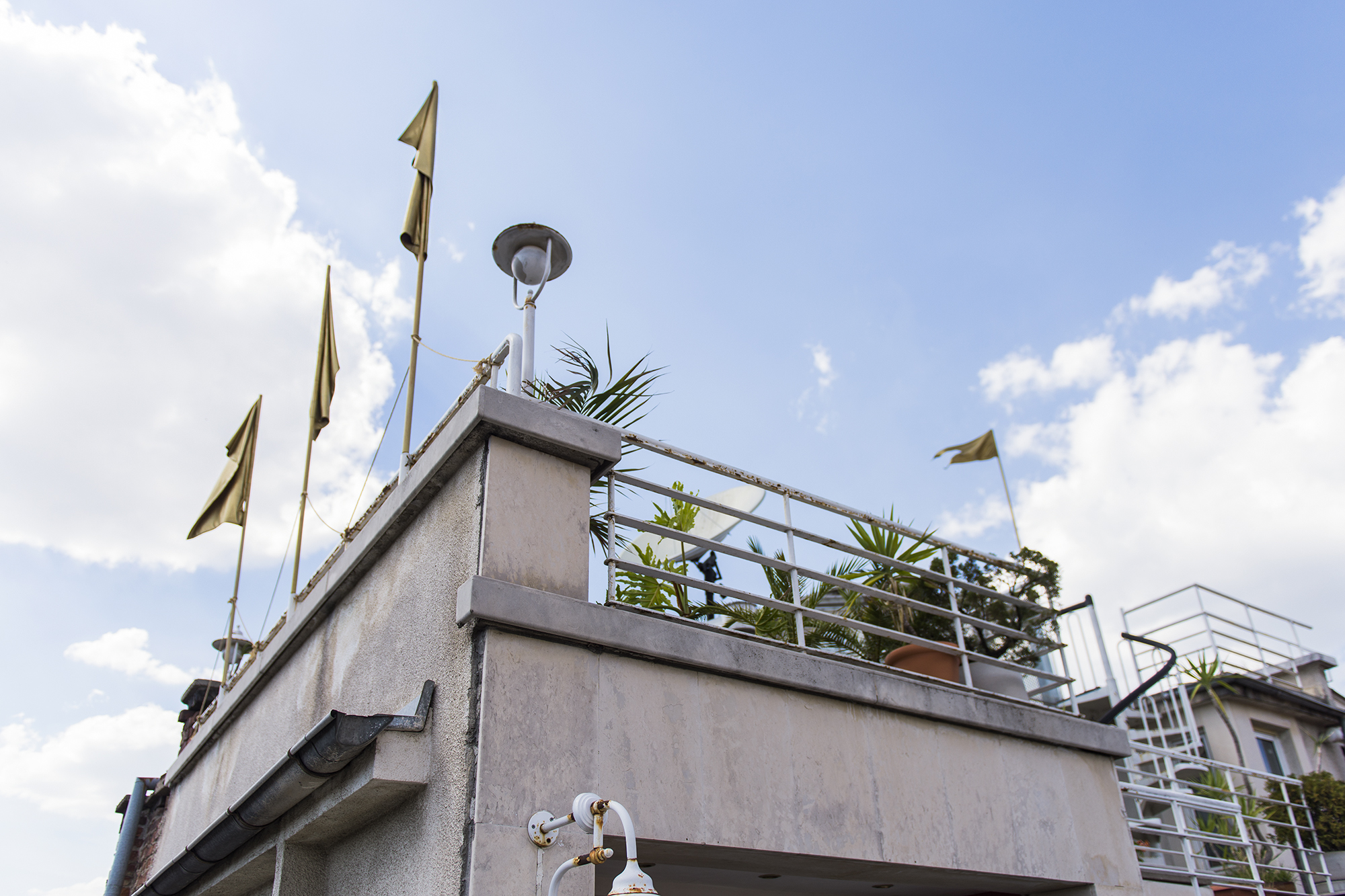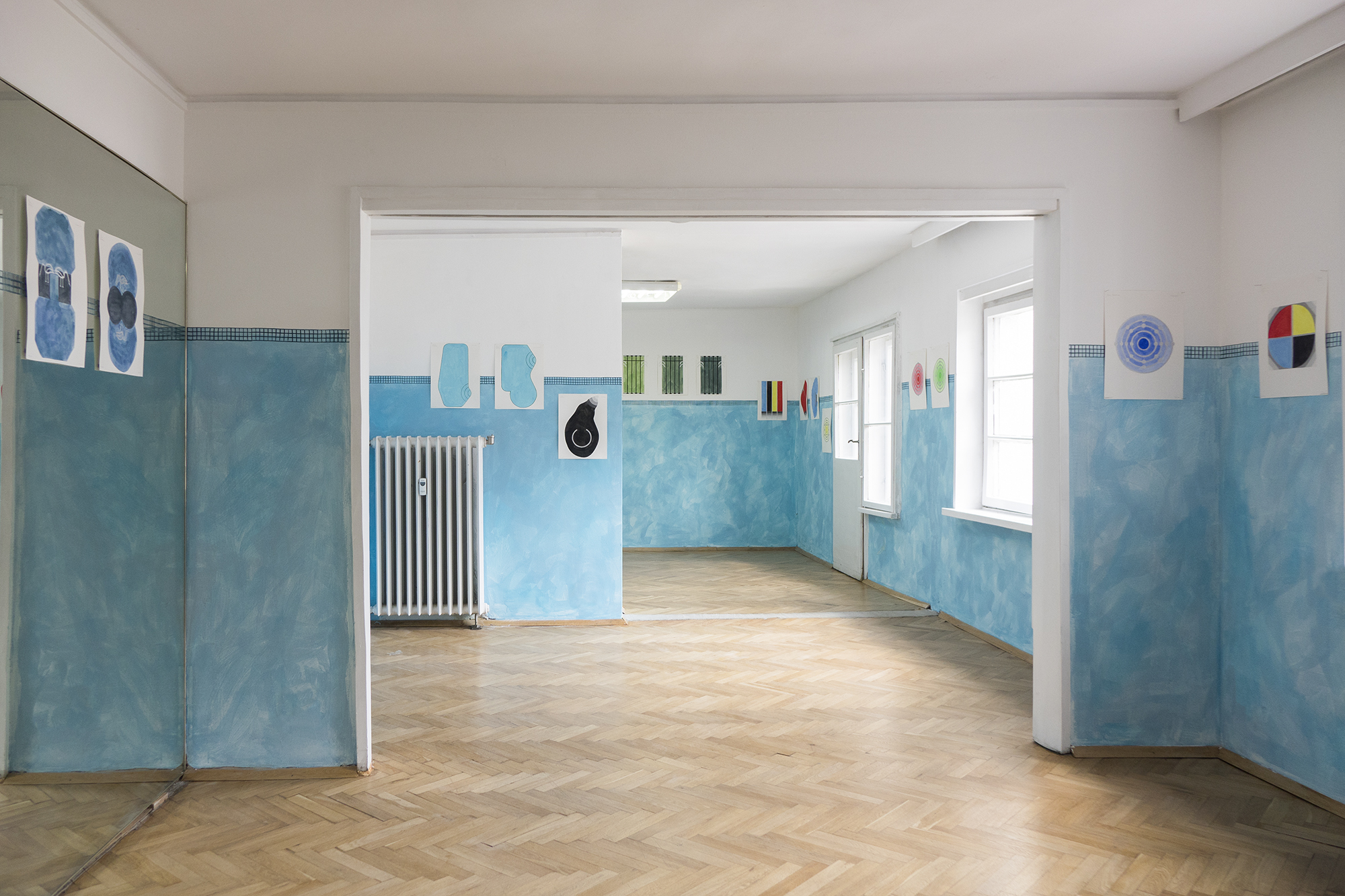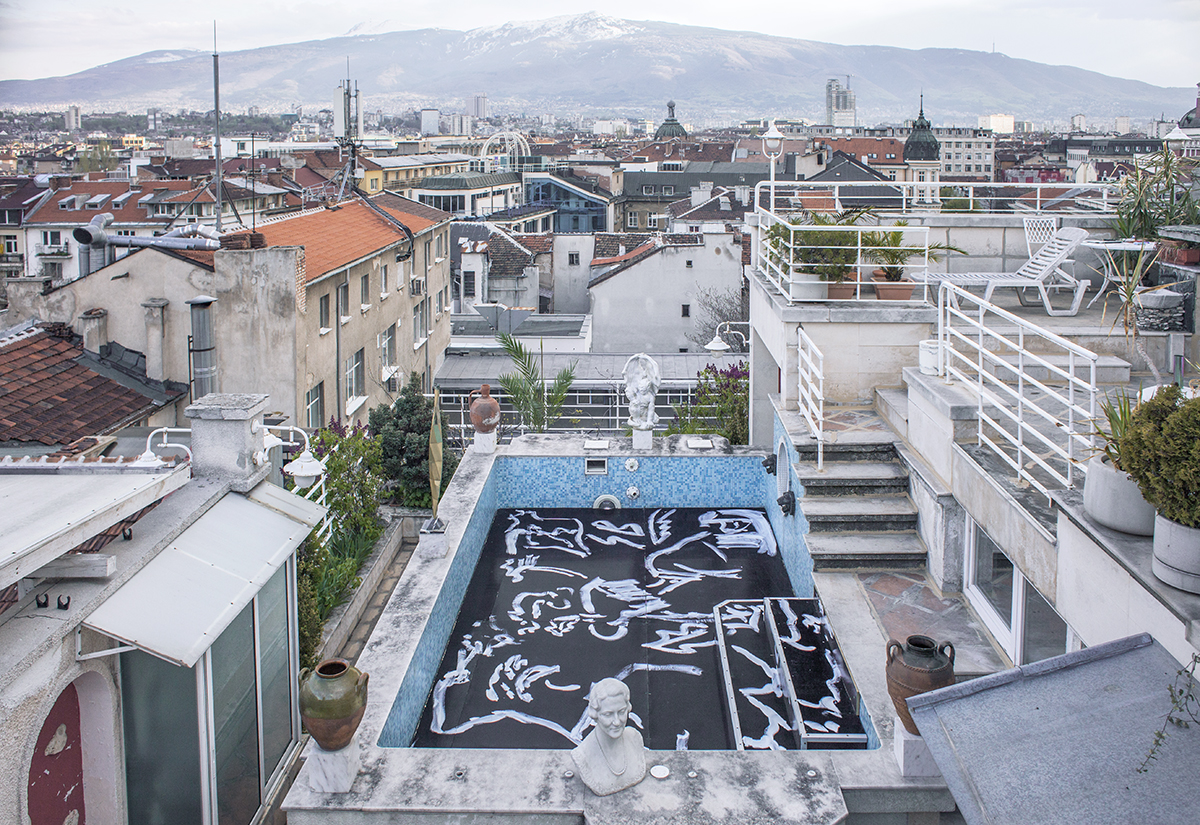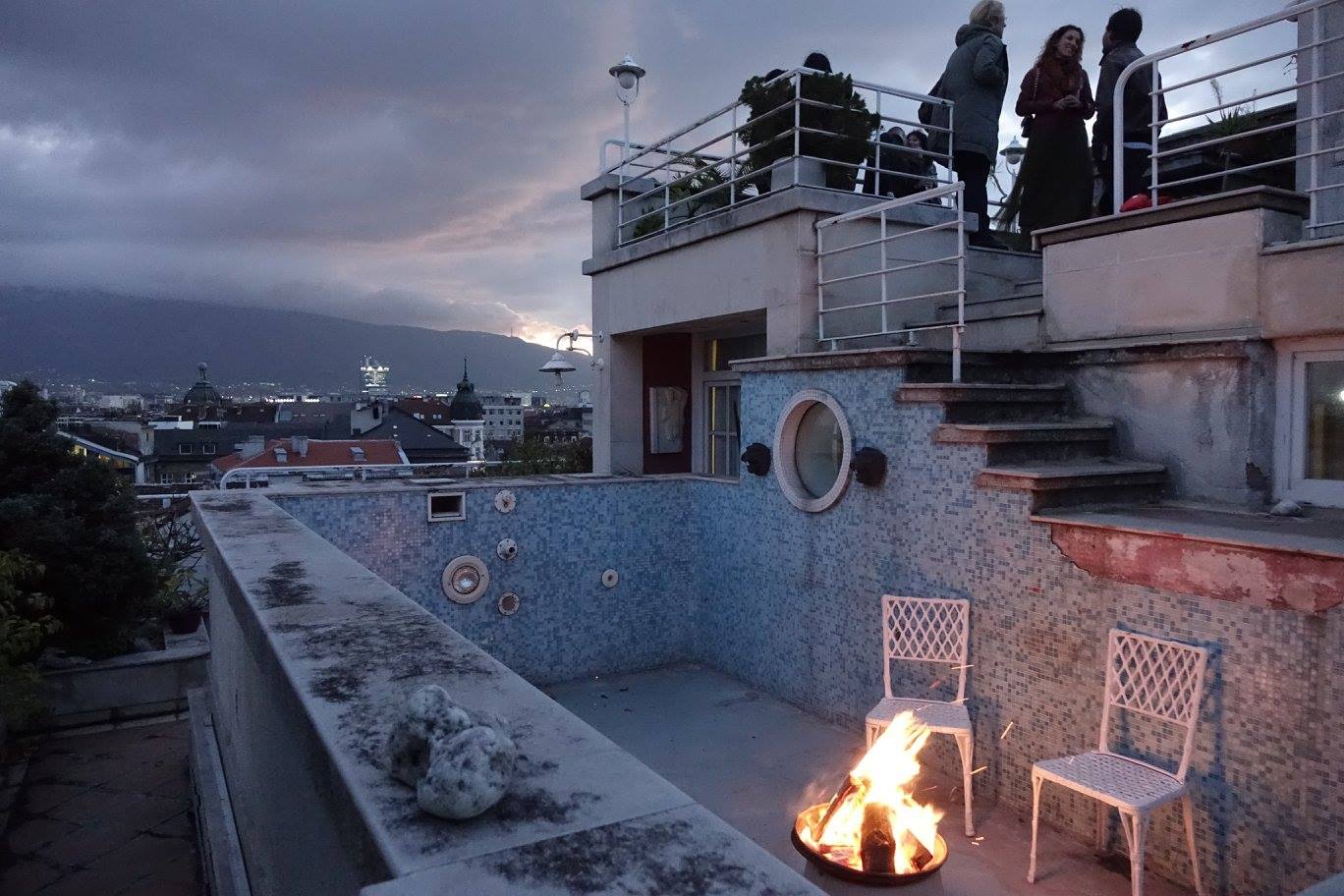A bigger splash: inside the Sofia art space in a rooftop swimming pool
Founded by Viktoria Draganova in 2014, Swimming Pool is an art space showing local and international talent. Here, she talks about forging a creative community from its unique home — a rooftop pool in central Sofia
Our idea of an art space is often limited to the white cube. But in the contemporary world, galleries and independent project spaces play an integral role both in local creative communities and the global cultural dialogue. Swimming Pool in Sofia is one of such example. Founded by curator and writer Viktoria Draganova in 2014, Swimming Pool is located at the top of a late 1930s building overlooking the skyline of the Bulgarian capital. Taking its name from a unique and somewhat extravagant architectural feature — the rooftop pool — the project space has become a symbol of the new cultural wave in the city. Over the course of four years, Draganova has worked with Bulgarian and international artists including Gery Georgieva, Navine G. Khan-Dossos, Toby Christian and others. At the heart of Swimming Pool’s ethos lies community and cultural exchange. The founder talked to The Calvert Journal about Swimming Pool’s unique location, Sofia’s art scene and where she loves to unwind.
The space where Swimming Pool is based belongs to my family. It was built sometime in the late 1930s and early 40s by my grandmother, who was a publisher of various newspapers and magazines. I don’t know exactly where the idea to build a modest pool on the outside terrace came from but, in any case, this was ingenious as it’s still one of the few places in Sofia with a grand view over the city. It was taken over in 1945, only a couple of years after it was built, when the Communist party began to seize property for the state. In 1989, when communist power collapsed, the original owners could claim back property in a process called restitution. My family were returned the property a couple of years ago, and since then it’s existed as a project space. Probably the only constant over the years was the emptiness of the pool, which we are now filling with art and awareness.
It’s not your typical white cube due to its homely atmosphere and outside terrace. Our programme is focused on experimental practices in curating, art production and education. We use the space to discuss topics which are not part of the general cultural programme. This is something very much needed in Bulgaria, where people are eager and hungry to share knowledge but experience in contemporary art is so scarce. I have a feeling it’s a good moment for initiatives that not only raise awareness of the needs of our society but question how art and art institutions can stay relevant.
In the late 1990s and early 2000s we had some very thoughtful art practices in Bulgaria, developed individually and in collaboration. Among some of my favourites are the works of Latchezar Boyadjiev, Pravdoliub Ivanov and Kiril Prashkov. These artists worked alongside curators and artists from other eastern European countries. Unfortunately, over time these social structures became more and more hierarchical. What’s more, the local scene did not have the tools to take a reflective stance on the globalised art world. This is something I try to address through our curatorial programme at Swimming Pool.
The cultural scene in Sofia is very dynamic. There are a few active project spaces and initiatives such as the ICA and The Fridge (both landsmarks in the local art scene and equally strong in their programmes); Aether and Residency&Co are among some of the newest. Among the galleries there are Structura, One Monev and +359, to name just a few. Most of these communicate to a local audience. Visitors are normally surprised at the diversity of the scene when they arrive.
If you ask me what I love in this city, I find delight in the serenity around the Lilies Lake at the Borisova Garden, from the Tsarist era; in the supple gloominess of the public swimming pool at the Ministry of Sport, built in the early communist era; and in the laxity of the natural hot springs around Zheleznitza, a village close to Sofia.
Interview: Anastasiia Fedorova




